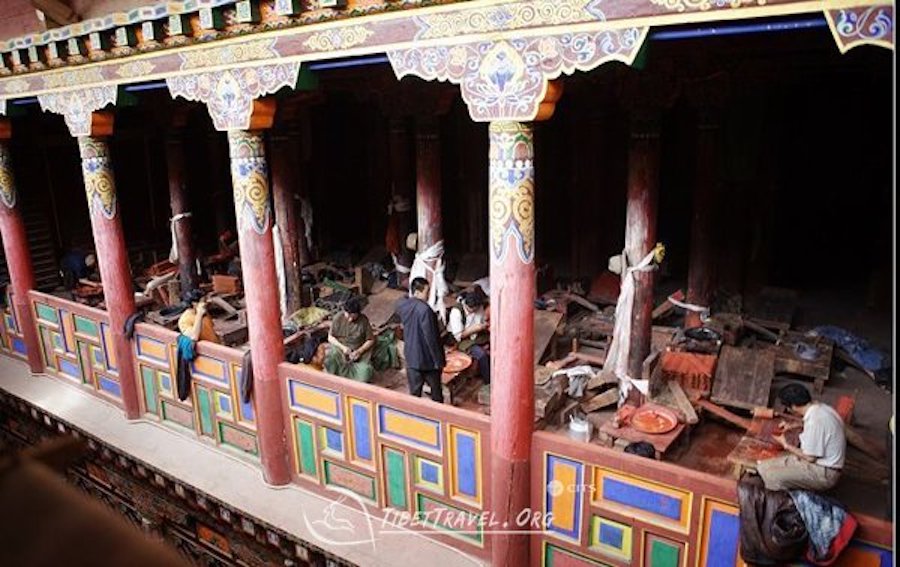By Tsering Dhundup
DHARAMSHALA, May 11: The printing blocks housed at the Derge Printing House in Tibet have been included in this year’s UNESCO’s Asia-Pacific regional register of memory of the world on May 8.
Listed among this year’s 20 successfully inscribed items to the MOWCAP Regional Register for Asia-Pacific, the Dege Printing House is the largest of the three major Sutra-printing houses in the Tibet, alongside Lhasa sutra-printing house in Meru monastery, Lhasa which was built more than 400 years ago, during the days of the 5th Dalai Lama and Lhapuleng House in Laprang Monastery in Amdo region.
Dege Printing House is in the Gonchen monastery, founded by Thang Tong Gyalpo also known as Derge Monastery, the printing house was built in 1729. The monastery, located in the Kham region of Tibet, was completely destroyed during the Chinese invasion of Tibet and was later restored in the 1980s.

On the ground floor of the monastery lies the famous Derge Parkhang (printing house), where Buddhist scriptures such as the Kangyur and the Tengyur, along with other religious, historical, literary, medical, astronomical, and calendrical works in Tibetan, are still printed from wooden blocks using traditional handwork.
The printing house continues to employ ancient techniques without the use of electricity. Approximately 217,000 engraved blocks of scriptures from all Tibetan Buddhist sects, including the Bon tradition, are housed here, with about 2,500 pages produced by hand each day in the traditional manner.
The inclusion of the Dege printing blocks in UNESCO’s Memory of the World (MOW) acknowledges human innovation and imagination in the Asia-Pacific region. This recognition was decided at the 10th General Meeting of the Memory of the World Committee for Asia and the Pacific (MOWCAP), held from May 7 to 8 in Ulaanbaatar, Mongolia.
UNESCO initiated the Memory of the World (MoW) Programme in 1992 to safeguard against collective amnesia by preserving valuable archive holdings and library collections worldwide and ensuring their wide dissemination. The programme aims for the world’s documentary heritage to be fully preserved, protected, and permanently accessible to all, respecting cultural differences and practical considerations.










